Gehen ist ein Fersen-zu-Zehen-Gang.
Der Vorfuß (P Sw) ist oft der Bereich mit den meisten Funktionsstörungen bei Menschen; bedingt durch die Form des Zehenbereichs in den meisten Schuhen und zudem der Bereich, der der höchsten Belastung und längsten Kontaktzeit ausgesetzt ist.
„Wie soll ich gehen?“ ist eine häufig gestellte Frage. Das Gehen auf dem Vorfuß hat an Beliebtheit zugenommen. Allerdings wird diese Gangart nur bei gesunden Menschen beobachtet, wenn der sensorische Input an der Fußsohle durch unebene Oberflächen bis zum Schmerzpunkt erhöht wird. Das Gehen auf dem Vorfuß erfordert mehr Energie als ein Fersen-zu-Zehen-Gang, wodurch es in der Natur weniger wünschenswert ist. Die Morphologie des Kalkaneus (Fersenbein) zeugt ebenfalls davon, da er als natürliche „Wippe“ konzipiert ist, die den Fuß mit minimalem Energieaufwand in die Mittelfußphase rollen lässt.
Es gibt viele Kriterien, die bei der Beurteilung der Funktionalität der Füße berücksichtigt werden sollten. Das heute am häufigsten verwendete Bewertungsmodell ist jedoch das „Pronation“-Modell, bei dem der Grad der Pronation visuell gemessen wird, um den Bedarf an Orthesen oder Pronation-Unterstützung zu beurteilen, wobei die Rolle der Zehen beim Steuern und Stabilisieren des gesamten Fußes kaum berücksichtigt wird.
Bildquelle: Ganganalyse, Jacquelin Perry


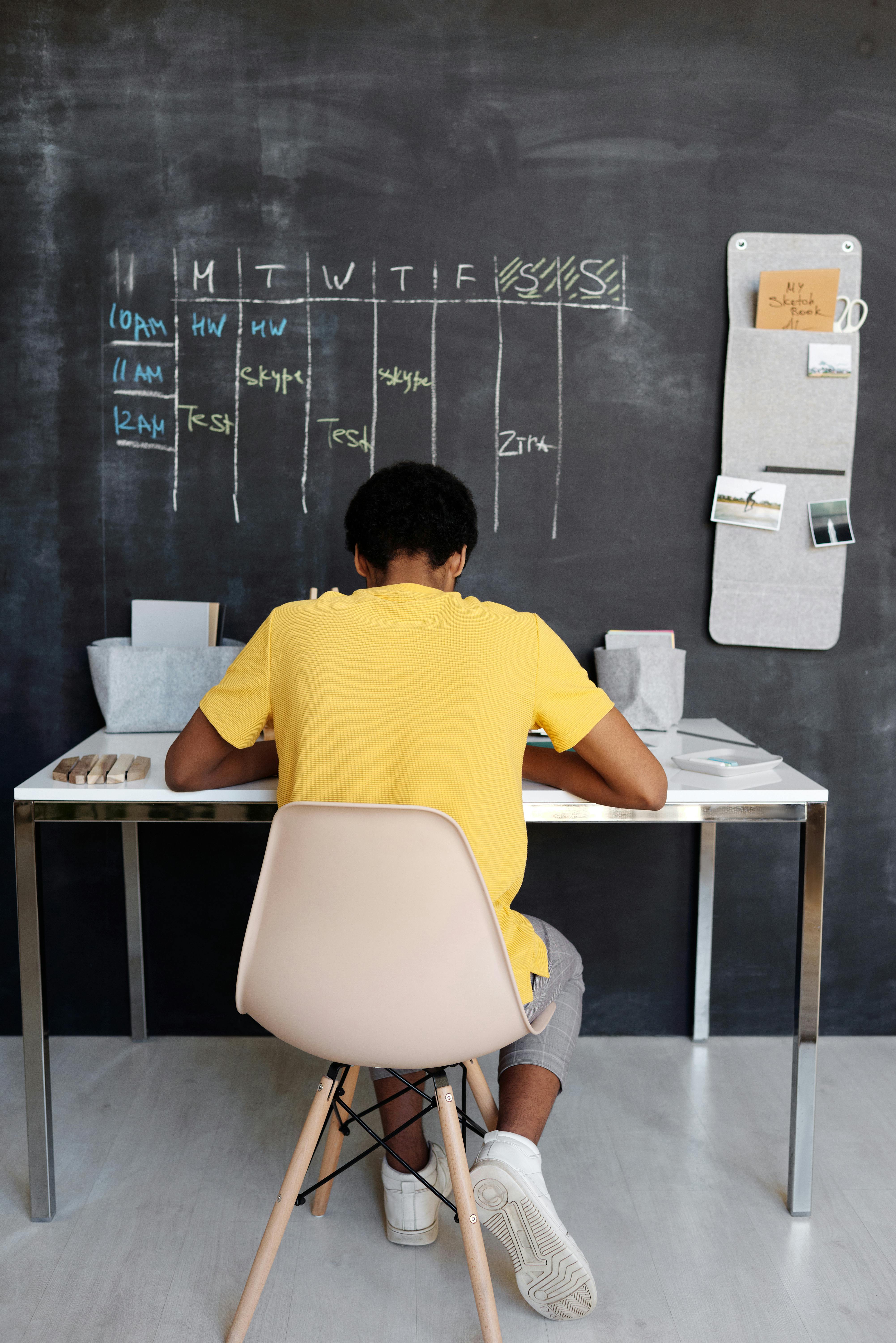

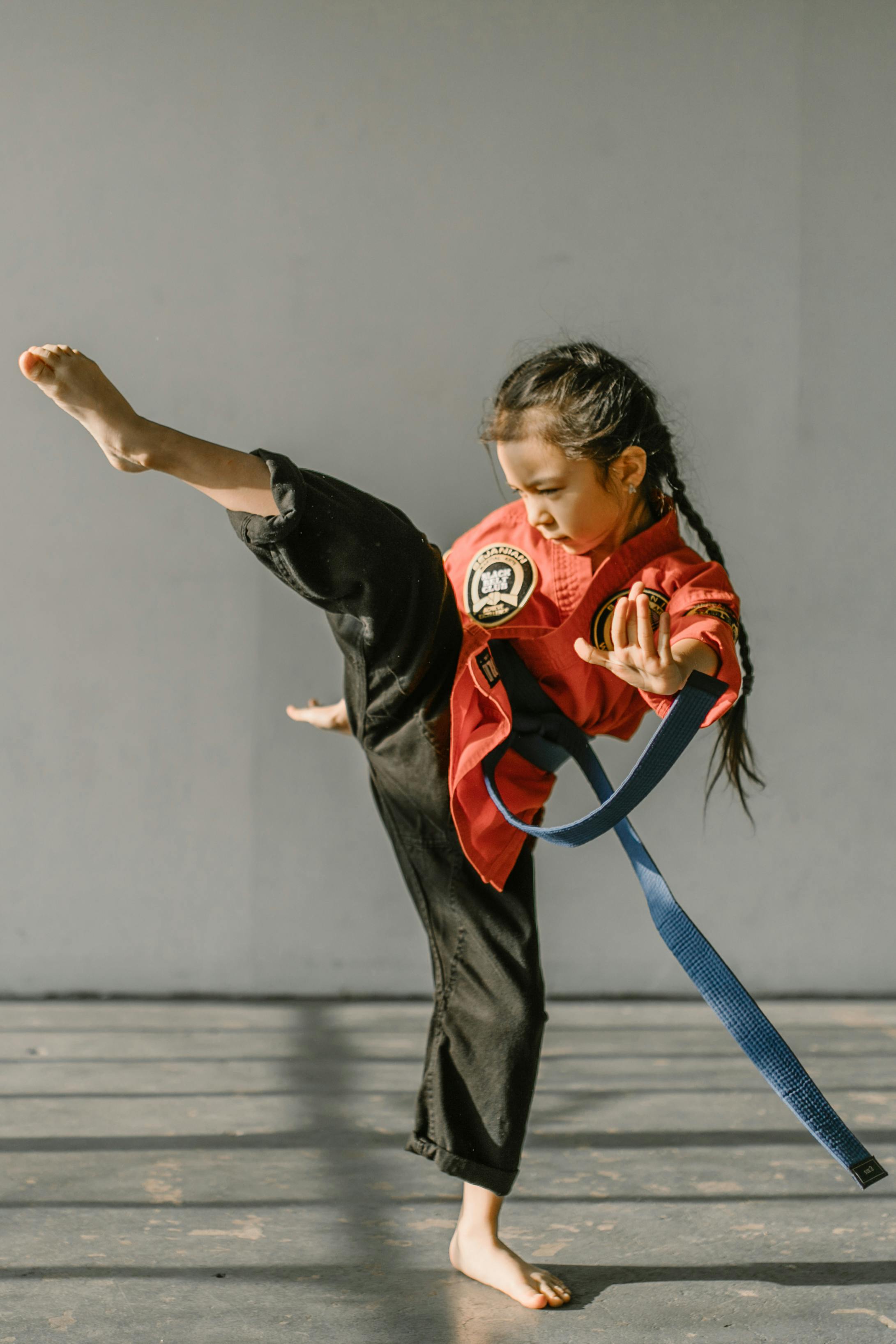

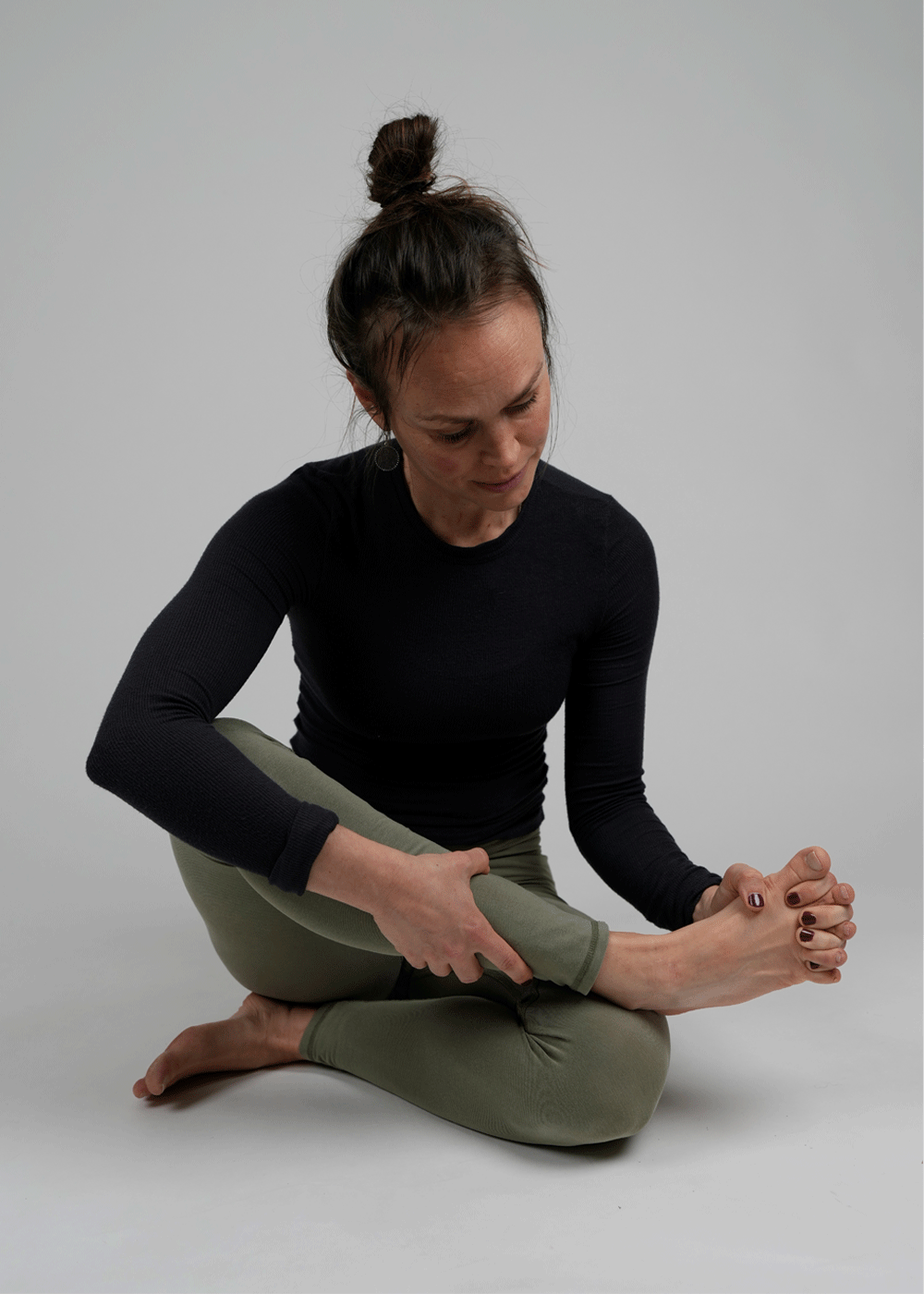
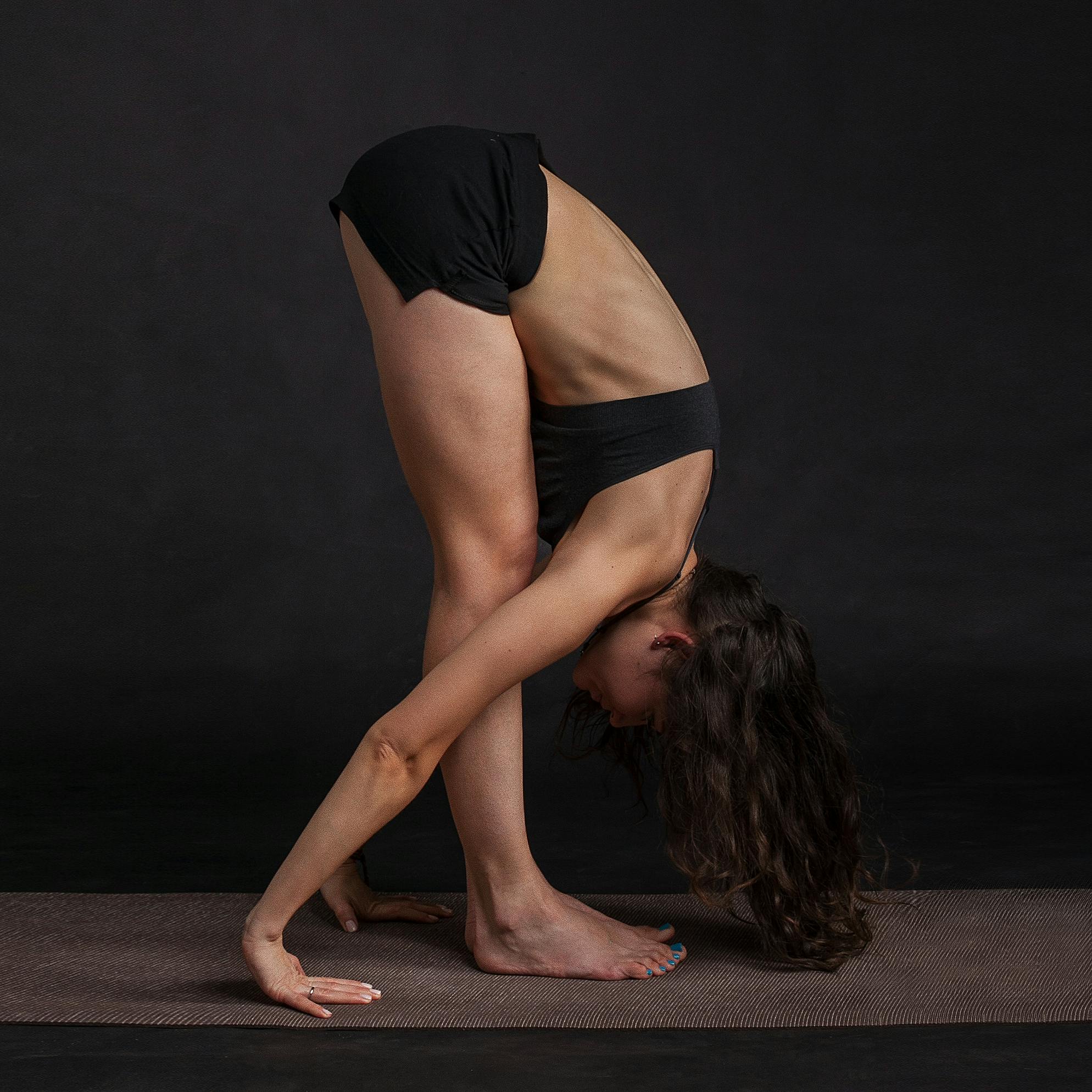



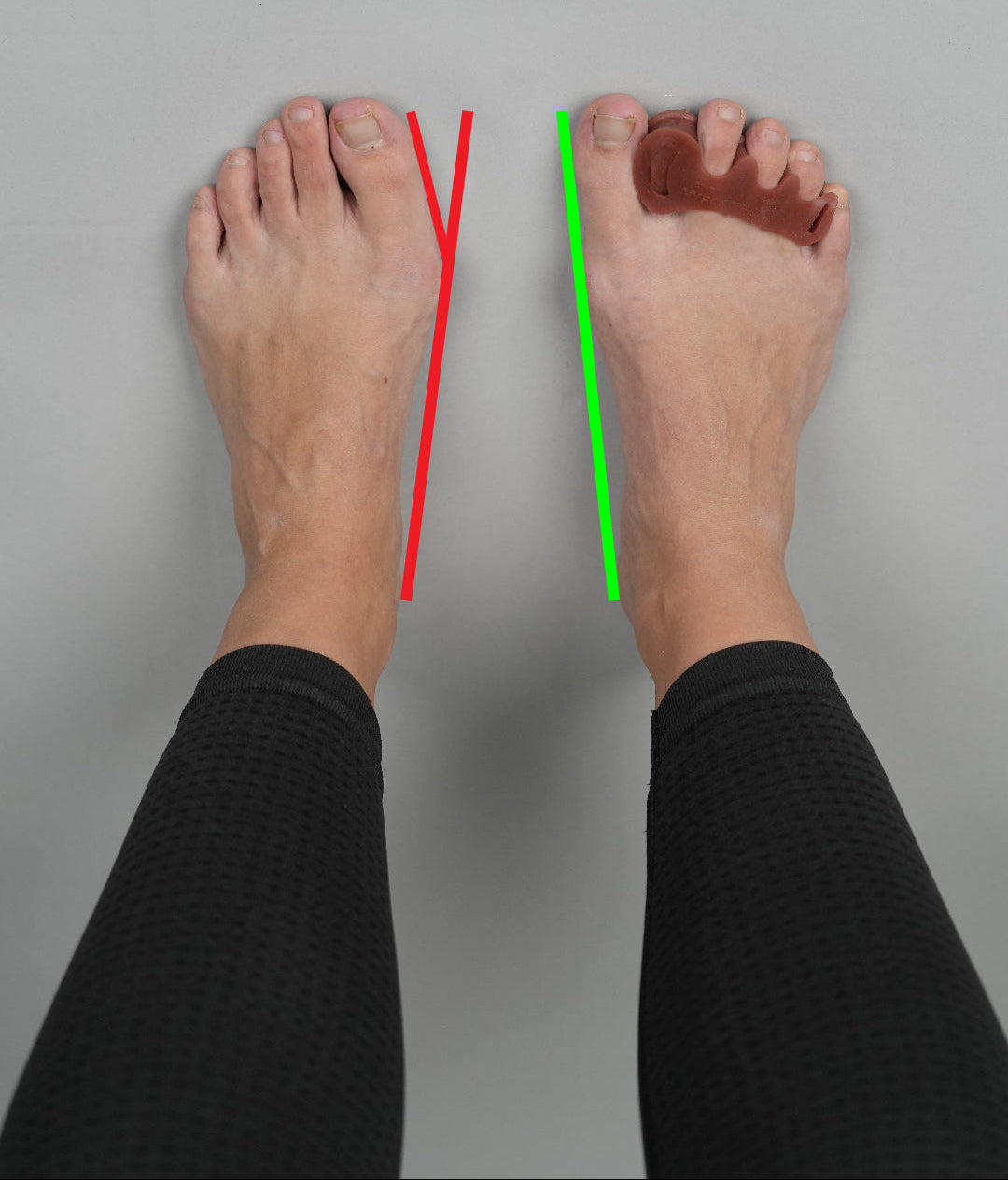

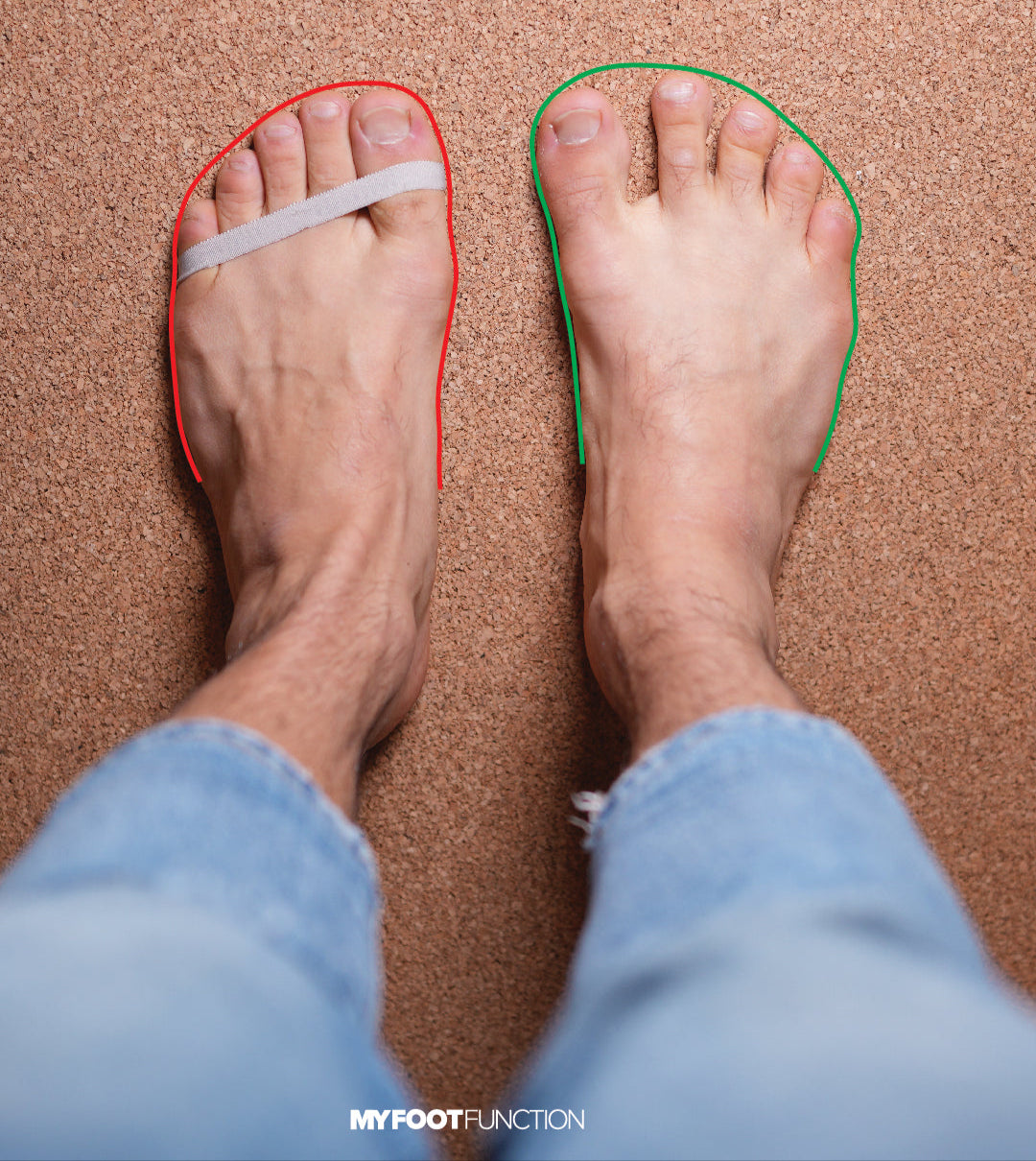
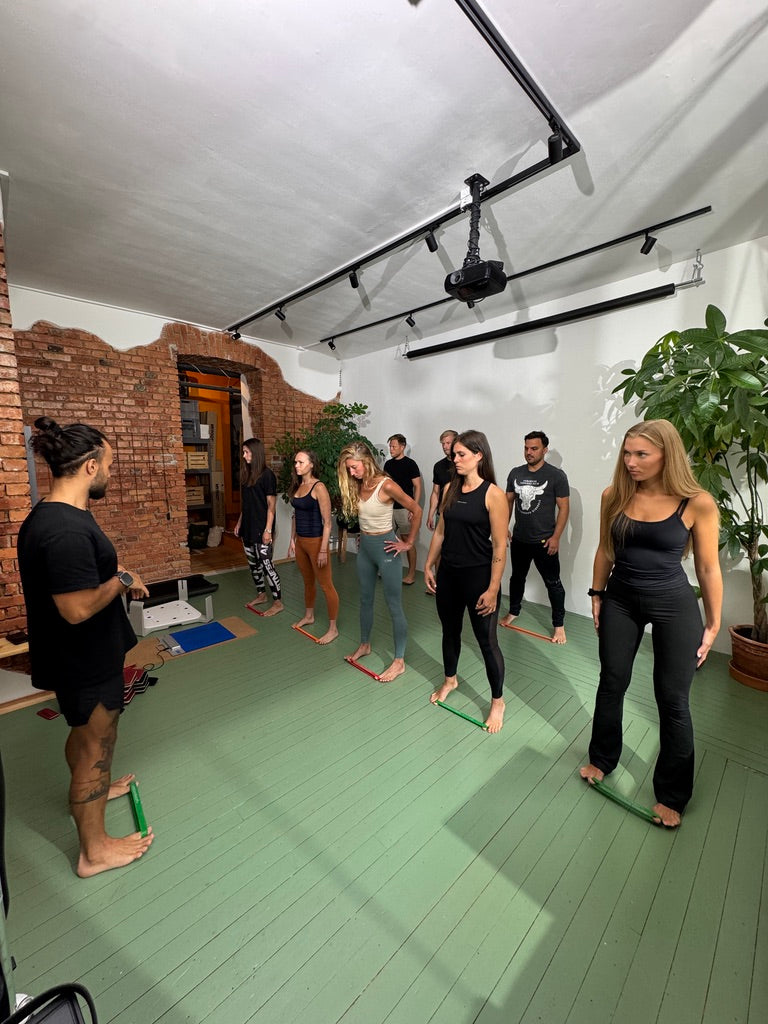
Share:
Was ist ein funktionaler Fuß?
Ihre Alltagsschuhe verursachen den größten Schaden!